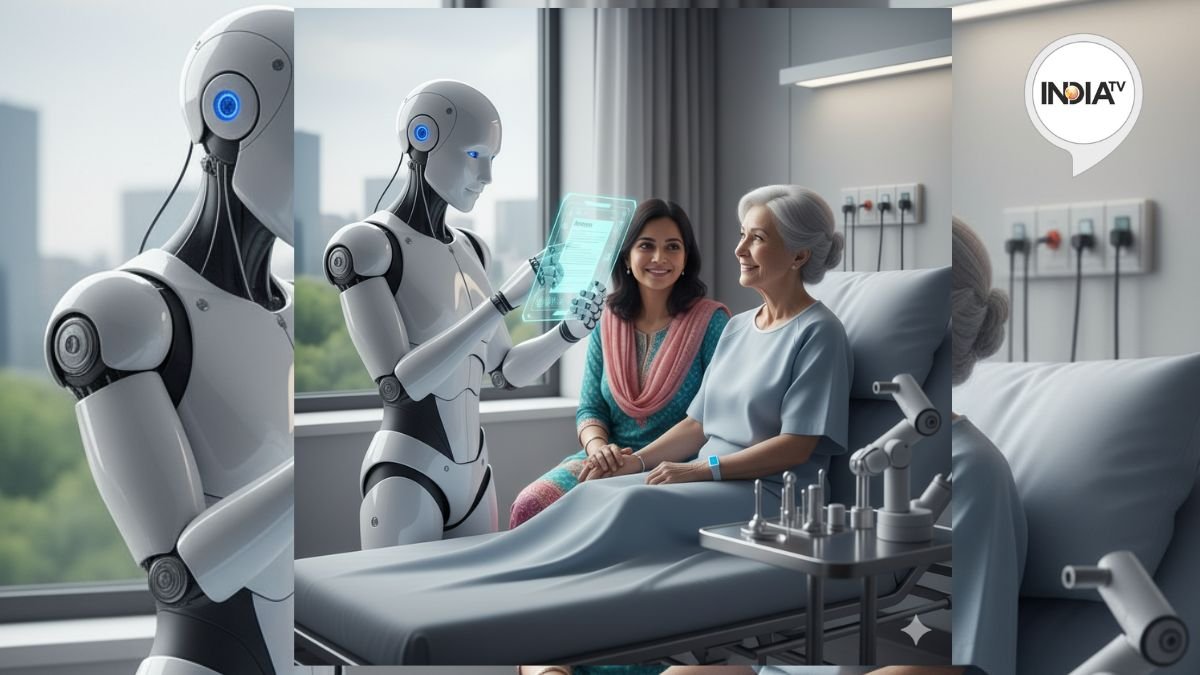Can Artificial Intelligence Read a Doctor’s Prescription Accurately? Will it Solve the Decoding Problem?
In a bustling hospital in the heart of New York, nurse Sarah Roberts stood perplexed, squinting at the scribbled handwriting of a seasoned doctor. With a line of patients waiting and critical decisions to make, Sarah’s day was halted by an all-too-common problem: deciphering a doctor’s prescription. Enter the promise of artificial intelligence, a rapidly advancing technology that some believe will revolutionize healthcare by solving this age-old problem.
Artificial intelligence, particularly in the realm of optical character recognition (OCR), has made significant strides in recent years. The potential to interpret complex handwriting, such as doctors’ prescriptions, offers a tantalizing glimpse into a future where human error in medication dispensing could be dramatically reduced. But can AI truly read a doctor’s prescription accurately?
The Challenge of Decoding Prescriptions
Doctors’ handwriting has long been the subject of satire and concern alike. It’s not uncommon to hear anecdotes of pharmacists calling clinics to clarify a prescription, a minor inconvenience that, in a high-stakes environment, could mean the difference between life and death. The World Health Organization estimates that medication errors harm millions globally each year, costing billions in avoidable healthcare expenses.
Many tech giants and startups have ventured into this space, developing advanced AI systems that leverage machine learning and neural networks to interpret human handwriting. However, as The Verge reports, the complexity and variance of handwriting styles present a formidable challenge. Unlike digital text, handwritten scripts lack a consistent structure, making them more difficult for machines to decode accurately.
Current Solutions and Their Efficacy
Several AI tools are currently in development, each promising varying degrees of accuracy. Some notable solutions include:
- Google Lens: A versatile tool that uses OCR to convert text from images to digital format, with improving capabilities in recognizing handwritten text.
- Microsoft Azure’s OCR: An AI service that offers text recognition functionality, continuously improving through machine learning.
According to TechCrunch, these technologies are advancing, yet they still require human oversight to ensure accuracy. While these tools demonstrate impressive technological progress, they are not yet foolproof replacements for trained professionals in healthcare settings.
AI’s Role in Healthcare: An Evolving Landscape
As the healthcare industry becomes more digitized, there is a growing opportunity for AI to enhance efficiency and safety. A study published by the National Institutes of Health highlights AI’s potential to reduce errors in prescription readings. However, the study emphasizes the need for collaborative development and rigorous testing to ensure AI systems are both reliable and practical in real-world applications.
AI’s application in healthcare is not limited to prescription reading. Its broader adoption can be seen in areas such as patient diagnostics and personalized medicine, where AI is used to analyze vast amounts of data, offering insights that may be missed by human analysis alone. The trends indicate a promising future, albeit one that requires careful navigation to address the ethical and logistical challenges that accompany such transformative technology.
A Look Forward: The Future of AI in Prescription Reading
Despite the current limitations, the future of AI in interpreting medical prescriptions looks promising. If AI systems can achieve a level of accuracy and reliability sufficient for clinical settings, they could serve as invaluable assistants to pharmacists and healthcare providers, reducing human error and increasing the safety of drug dispensing processes.
| Current AI Solutions | Accuracy Level | Availability |
|---|---|---|
| Google Lens | Moderate | Global |
| Microsoft Azure OCR | High | Enterprise |
As the technology matures, collaboration between tech companies and healthcare professionals will be crucial. By fostering an environment where innovation is met with rigorous testing and ethical consideration, AI could indeed solve the decoding problem and much more.
Conclusion: A Call to Action for Tech Innovators
The journey of AI in reading prescriptions is emblematic of its broader potential in revolutionizing healthcare. While we are not yet at the point where AI can completely solve the problem, the progress being made is undeniable. For tech innovators, the challenge lies not just in perfecting the technology but in ensuring it integrates seamlessly into healthcare practices. The call to action is clear: continue pushing the boundaries of what AI can achieve, with a steadfast commitment to safety and efficacy.
For those interested in learning more about the future of AI in healthcare, reputed sources like The Verge and TechCrunch offer comprehensive insights and updates on these developments. The potential applications are wide-ranging, and staying informed will be crucial as AI continues to shape the future of medical practice.
Related Reading
- BitHarvest – Investor Briefing Document for a better idea
- AI could one day replace tutors, but its reliability still lags
- OpenAI Wants You to Get a Certificate in ChatGPT and Find Your Next Job






[…] Can artificial intelligence read a doctor’s prescription accurately? Will it solve the decodin… […]
[…] Can artificial intelligence read a doctor’s prescription accurately? Will it solve the decodin… […]